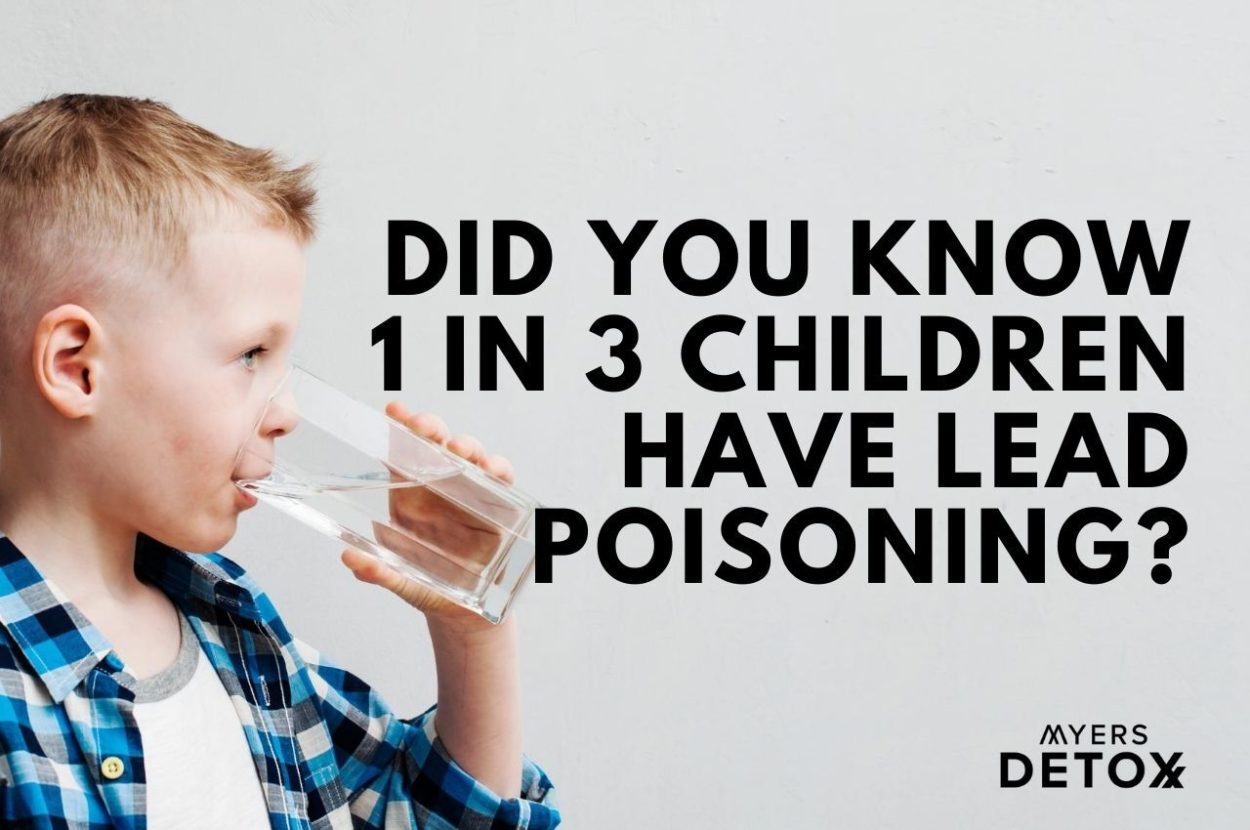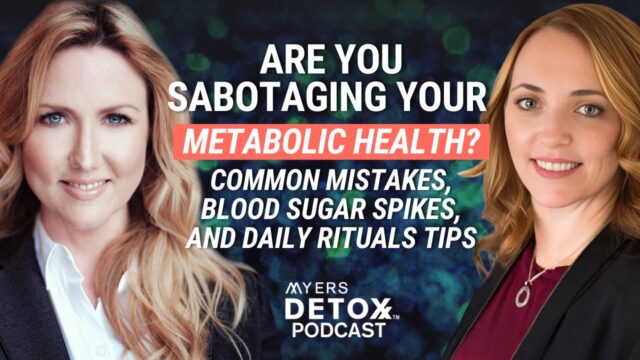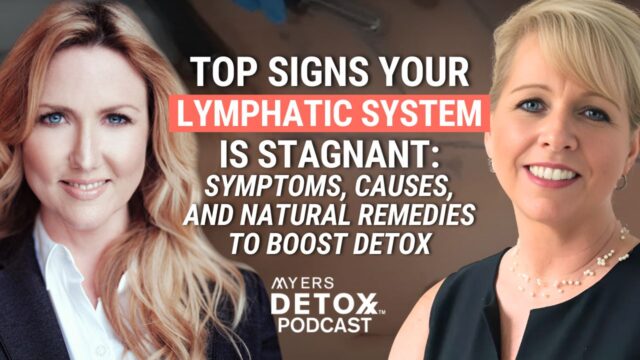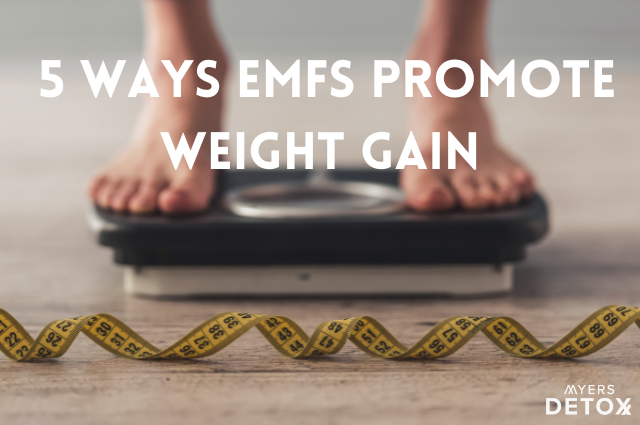A recent study conducted by UNICEF and Pure Earth has revealed that the impact of lead poisoning in children is much more widespread than previously thought. One in three children on the planet, or about 800 million children and young people under the age of 19 are thought to be lead poisoned.
Lead toxicity is defined as having blood levels of lead at or above 5 micrograms per deciliter (5 μg/dl), according to the report. But the ideal level is zero. Even low levels can pose serious health hazards. Long-term negative health impacts have been studied and documented with blood lead levels as low as 2.0 and lower.
Although it has been well understood that lead in paint poses a major risk to children, this new report underlines some of the serious health conditions associated with lead poisoning and gets to the core of how lead has become such a huge issue globally.
In this article, you’ll learn:
- Many people are not aware that lead is still a danger in their environment.
- 900,000 deaths a year are linked to lead poisoning
- Where lead is coming from in your environment
- The symptoms and dangers of lead toxicity
- Best tests for lead toxicity
The Complacency Surrounding Lead Poisoning
Richard Fuller of Pure Earth, who collaborated with Unicef on their recent lead report, said people were less aware of the damage caused by lead, after campaigns to remove the toxin from many common uses in developed countries decades ago.
Many people are not aware that lead is still a danger in their environment.
In the beginning of the 20th century, doctors saw a surge in children with lead poisoning due to the widespread use of lead-based paint [1].
The United States banned the manufacture and use of lead-based house paint in 1978 due to lead’s many health and developmental concerns. However, over 50% of homes today still contain leaded paint on the interior and exterior on windows, doors, floors, porches, decks, stairways, and cabinets that can turn to dust and chip, poisoning our children.
For many, the removal of lead from paint and from gasoline appeared to be a step in the right direction and the war on lead seemed to take a backburner for a while.
So, where are we now? Is lead poisoning finally a thing of the past?
Far from it.
Current Status of Lead Poisoning in Children
It appears that lead still represents a significant threat to the health of children globally. A recently released report by UNICEF and Pure Earth found that one in three children has lead poisoning — a staggering and heartbreaking number.
Put another way, that’s over 800 million children globally that suffer lead toxicity [2]. The danger is particularly acute in poor and middle-income countries where industrial pollution safeguards are poorly enforced or nonexistent.
The dangers of the neurotoxic effects of lead are well established, with neuro-imaging confirming the behavioral and neurological effects that lead can have on children[1].
The report notes that lead poisoning can cause irreparable harm to children’s brains, causing lifelong neurological, physical, and cognitive impairment.
What’s more, infants and children under five years old are the most susceptible due to the effect that lead can have on their underdeveloped brains and neurological systems. Issues linked to lead toxicity include mental health issues, developmental delays, mood disorders, pain, behavioral problems, seizures, vomiting, violence, and increased criminal tendencies[2].
Where Is Lead Poisoning Coming From?
Several environmental sources of lead could contribute to the high levels of exposure that children are coming into contact with.
However, the major contributor to lead poisoning is leaded gasoline. The CDC states that deposits from leaded gasoline and industrial sources can contaminate soil and pose a risk for children. The most common route of exposure for children is by touching, breathing, or playing in lead contaminated soil[6].
What’s more, soil contaminated with lead can result in food being grown in a lead-contaminated environment. The lead in the soil can settle on, or be absorbed by plants and can’t be completely removed by washing. Lead can also enter your system when you consume vegetables, shellfish, fish and animals that have ingested lead-contaminated foods[7].
The next most ominous source of lead poisoning comes from home remodeling, specifically sanding and scraping of old leaded paint. Remodeling of older homes that still have lead-based paint on their walls calls for certain protection and safety measures. One must NOT have children living in a home that is being remodeled.
Research shows that children living in older homes undergoing remodeling present with higher levels of lead in their blood. This is largely due to the lead-paint dust that is distributed in the air from the renovations[8].
Just as dangerous is a neighbor’s home that is being sanded and scraped and repainted. This lead dust can easily poison a child, disabling him for life, through the dust that gets into their home or lands in their yard where they are playing.
You can report anyone repainting an older home that does not have proper protections in place to prevent lead contamination. Many contractors ignore these safety protocols in order to cut corners and save money.
Lead is the most common toxicant found in the drinking water of U.S. schools, via water fountains, coolers, and other water outlets (9). Roughly 10 million American homes and buildings receive water from service lines that are at least partially lead, according to the Environmental Protection Agency. In the US, children living in poorer households and dilapidated schools and accommodation have been found to be at higher risk. [10]
Yet another leading cause of lead poisoning is improper disposal of car batteries, which use lead and acid to generate an electrical charge. Car batteries make up 85% of the lead used globally. In many countries, half of car batteries are recycled without safety precautions[3].
Other sources of lead exposure include[4]:
- Lead-based paint
- Remodeling (where dust from old lead paint can be inhaled)
- Leaded Gasoline fumes (still used in developing countries)
- Food grown in lead contaminated soil
- Food based supplements
- Water
- Shellfish
- Pottery glazes
- Dishes, especially antique or colored paints on dishes
- Lead contaminated dust
- Contaminated soil
- Contaminated water
- Manufacturing
- Air from fossil fuel burning
- Lead and galvanized pipes
- Roofing materials
- Cosmetics (think mascara and lipstick)
- Toys (produced abroad and antique toys)
Dangers Of Lead
Although lead poisoning is most concerning to the young underdeveloped brain, the study also stated that nearly one million adults die prematurely every year because of lead exposure[1].
The problem with lead is that exposure to even small amounts over time can build up and result in serious health issues. While neurological damage is the primary danger, there are several other conditions that can result from long term exposure to lead.
Lead mimics calcium in the bones, building up in people’s bodies and causing damage to other vital organs, including the kidneys, heart and lungs. It is also likely to increase the risk of cardiovascular disease and high blood pressure[1].
Just a few of the dangers of lead poisoning include[4][3][1]:
- Learning difficulties
- Developmental delay
- Irritability
- Loss of appetite
- Hearing loss
- Seizures
- Kidney impairment
- Mood disorders
- Reduced sperm count
- Cardiovascular disease
- Infertility
- Neurological disorders
- Nervous system disorders
- Issues with heme biosynthesis
- Liver harm
- Digestive issues
- Endocrine imbalance
- Hearing issues
- Abdominal pain
- Fatigue
How to Test Your Body Lead Levels
This information may come as quite a shock as the storyline behind lead has been buried for many years. But the good news is that knowledge equals power.
If you’re concerned about your lead levels and those of your family, I recommend testing for lead. This can be accomplished in a few different ways. You can test via hair, urine and blood.
I recommend taking a hair mineral analysis. This analysis is the least expensive way for you to determine your levels of not only lead, but other heavy metals that may be hiding in your tissues.
In addition to heavy metal toxicity, the hair mineral analysis can also assess:
- Metals like mercury, arsenic, uranium,
- Cortisol and stress hormone levels
- Inflammation
- Adrenal health
- Metabolic rate
- Thyroid function
- Liver and kidney stress
- Nervous system imbalances
- Energy levels
- Protein synthesis
- Carbohydrate tolerance
Some people show no lead on a hair mineral analysis but then have high levels on a Urine Heavy Metals Test. That’s why I always like to perform both tests to get a complete picture of one’s toxicity levels.
A Urine Heavy Metals Test is a great method for determining lead toxicity. The reason a urine test is so useful and provides meaningful results is that urinary excretion is the major route for the elimination of lead. One can best determine lead levels in urine with the use of DMSA or EDTA chelators to increase lead excretion (also called a urine challenge).
You can also do blood testing for lead. Based on the U.S. population of children tested ages 1-5 years, 5 μg/dl (micrograms of lead per deciliter of blood) is a cause for action. [5] This is based upon children tested by the U.S. Centers for Disease Control (CDC) National Center for Health Statistics, who monitor blood lead levels of children in the United States. [5]
City dwelling population levels for young children that have not had acute or chronic low level lead exposures should be 1.2 micrograms or less of lead per deciliter of blood.
Adult women should be about 0.43 or lower if they have had no acute or chronic low-level exposure.
A level of 5.0 μg/dl may be cited as the level from the CDC that should warrant action, but a blood lead level of 2.0 μg/dl should be a cause for concern that should warrant action on your part to detox you or your child.
When blood testing for lead, you want to get a draw blood from a vein, not a finger-prick test. The venous testing is much more accurate and reliable than the common finger stick screening test.
I recommend getting a child’s blood lead testing done by a pediatric phlebotomist at a children’s hospital. They have a lot of experience working on small babies, and are very skilled in making the process as painless and least traumatic as possible for children.
How to Test Your Home Lead Levels
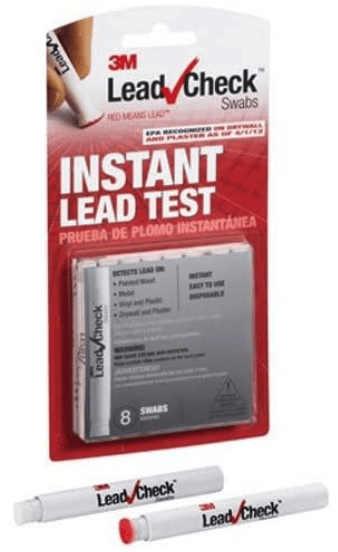 The easiest way to test paint or dishes in your home is with LeadCheck lead swabs. I’ve bought these to test for lead in my daughter’s toys, window sills, door trim, wooden picture frames, pottery and china.
The easiest way to test paint or dishes in your home is with LeadCheck lead swabs. I’ve bought these to test for lead in my daughter’s toys, window sills, door trim, wooden picture frames, pottery and china.
Lead free mama has a great article on what you can check with these lead swabs. These swabs turn pink or red in the presence of lead. It’s an easy way to discover sources of lead in your home so you can protect you and your family.
The Bottomline
Lead levels at 5 μg/dl of blood is likely to reduce 3-5 points from a child’s IQ score, and at the levels found in the Unicef report could double the level of violence in society. [1]
This is quite shocking, but also gives on a perspective that many of society’s ills may not be due to evil forces or a reduction in morals overall in society – it can be explained very simply in terms of toxicity and how that dramatically affects human behavior.
I cannot stress enough how important enough it is to be aware of the dangers and sources of lead toxicity to protect you and your children from lead poisoning. There is no safe level of lead exposure according to the World Health Organization.
Lead is everywhere today. It’s in over 50% of homes, in our food, our supplements and in the air. In my opinion it is statistically impossible to not have some level of lead in your body, most of which is stored in your bones, but is also found in fat, your central nervous system and your brain.
In a world where toxic exposure is silent and ubiquitous, the best thing you can do for yourself is to stay aware of potential avoidable exposures and live the detox lifestyle (do something to detox on a daily basis). That’s where a hair mineral analysis or lead blood test comes in. Test your levels so you know exactly what toxins you need to target in your detox efforts.


